
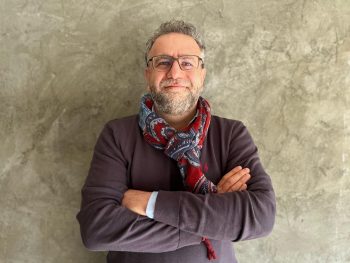
PhD. Islamic Azad University (science and Research Branch), Tehran, Iran
Design and Design Studies, Philosophy of Architecture, Spatial Studies, Criticism and Postmodern Paradigms.
Architecture Department, Architecture and Urban Studies Faculty, Islamic Azad University Central Tehran Branch, Tehran, Iran
Director, Architecture Department and Member of the Board, Hamkar Pars Boom Cooperation Consulting Engineers.
2003- 2012 Director, Architecture Department and Member of the Board, Environment Architecture Design Consulting Engineers.
Design
Articles:
Books:
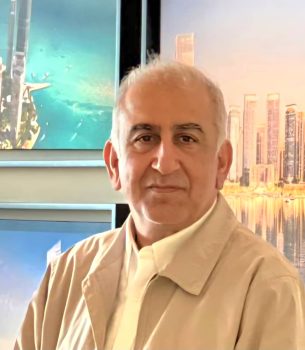
Dr. Ghobadian
Associate Professor
v_ghobad@yahoo.com
Architecture Department, Architecture and Urban Studies Faculty, Islamic
University Central Tehran Branch, Tehran, Iran
http://www.ijapas.ir/index.php/ijapas/article/view/364
Books:
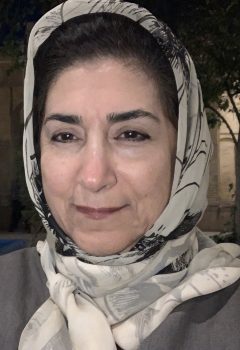
Articles:
Books:
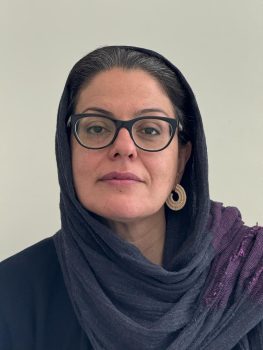
Dr. Niaz Esmaili
Assistant Professor
niaz_esm@yahoo.com
Architectural design, Biophilic Design, Nature and Architecture, cultural design, psychology and architecture
Publications:
Articles:
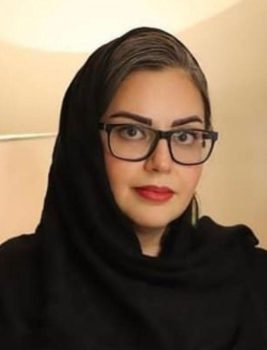
Ms. Sahar Hosseini
Lecturer
s_hosseini_d@iau.ac.ae
Licensed in Tehran Construction Engineering Organization (Design, Supervision, Execution).
Publications:
Articles:
1.Presentation at the Fifth International Firefighting and Urban Safety Conference and Exhibition on “Architects’ Collaboration with the Fire Department (Creating a Platform for Addressing Issues and Creating Common Architectural and Safety Solutions),” July 2022.
2.Oral presentation of the paper “Investigating the Role of Indigenous Materials in Native Architecture” at the National Conference on Civil, Architectural, Urban Planning, and Energy Management, Ardestan, 2011.
3.Published article “Examining the Impact of Physical Factors on the Well-being of Sample Individuals: The Case of Qeitariyeh Park” in the Scientific Quarterly Journal of Ivan Chaharsoo, Autumn 2018.
4.Paper presentation on “The Application of Metaverse in Fire Safety Training for Disaster Prevention” at the Fifth International Firefighting and Urban Safety Conference and Exhibition, Tehran, 2022.
5.Paper on “Investigating Fire Safety Regulations in the Design of High-Rise Residential Buildings Based on Chapter 3 of the National Building Regulations” at the Fifth International Firefighting and Urban Safety Conference and Exhibition, Tehran, 2022.
6.Paper on “Architectural Solutions for Energy Management in Tehran Residential Buildings” at the Third National Conference on New Academic Research in Art, Architecture, and Civil Engineering, Tehran, 2020.
7.Paper on “The Impact of Nanotechnology Materials on Building Construction, the Basis for Sustainable Architecture” at the International Congress on New Technologies in the Construction Industry, Tabriz, 2018.
8.Paper on “Recognizing the Role of Indigenous Materials in Native Iranian Architecture” at the Second International Civil Engineering, Architecture, and Disaster Management Conference, Ferdowsi University of Mashhad, 2017.
9.Paper on “The Role of Smart Building Automation in Environmental Sustainability” at the Second International Civil Engineering, Architecture, and Disaster Management Conference, Tehran, 2017.
10.Paper on “Rediscovering the Concept of Iranian Gardens with a Focus on Sustainable Development” at the National Conference on Architecture, Culture, and Urban Management, Mashhad, 2013.
11.Paper on “Reevaluating Sustainable Concepts, the Basis for Integrating Traditional Iranian Architecture with Modern Techniques in Architecture” at the First National Conference on Sustainable Architecture and Urban Development, Mashhad, 2013.
12.Paper on “Identifying Islamic Thought in Iranian Architecture After Islam” at the First Art Mirror Conference, Hamedan, 2012.
13.Paper on “Examining the Emergence and Formation Process of Maragheh City with a View to Urban Development Patterns of Iranian Islamic Cities” at the Conference on Sustainable Architecture and Urban Development, Bukan, 2011.
14.Oral presentation on “The Role of Qanats in Sustainable Development in Warm and Arid Regions” at the First National Conference on Sustainable Development in Dry and Semi-Dry Areas, Yazd, 2012.
15.Paper on “Determining the Value of Traditional Thought in Iranian Architecture” at the First International Civil Engineering, Architecture, and Crisis Management Conference, Hamedan, 2012.
16.Paper on “The Role of Districts in the Social Structures of Iranian Historical Cities of Abaran as an Element of Identity for Islamic Cities” at the Conference on Civil Engineering, Architecture, and Sustainable Urban Development, Tabriz, 2013. 17.Presentation at the ICOMOS Thailand International Conference on “Water Mills and Aqueducts, Iran’s Forgotten Cultural and Historical Heritage,” Thailand, 2013.
Books:
1.Translation of the book “Baths of Bursa” (under the guidance of Dr. Peyman Hanachi) published by Ganjour


Opening Hours :
MONDAY to THURSDAY : 9:00am to 4:30pm
FRIDAY: 9:00am to 3:00pm